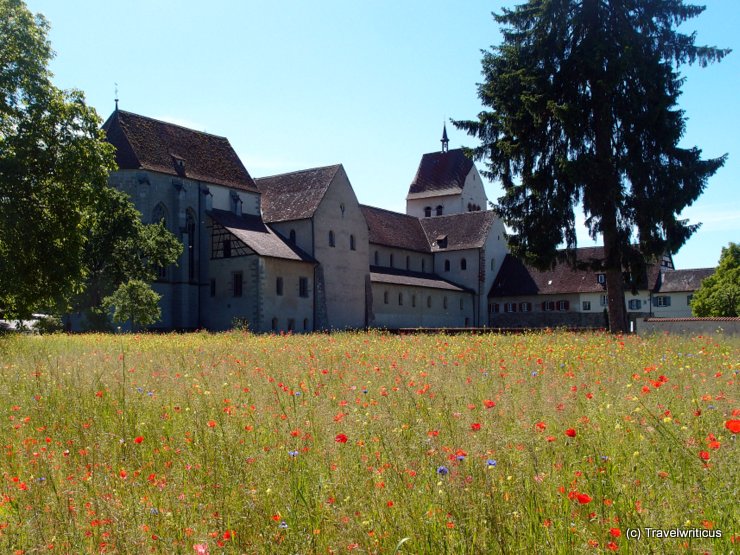
Reichenau Abbey was founded in 724 by Saint Pirmin. Later the abbey became famous for the Reichenauer Malschule. This term comprises lavishly illuminated manuscripts created during the late 10th and early 11th centuries.
You only see what you know (Goethe)

Reichenau Abbey was founded in 724 by Saint Pirmin. Later the abbey became famous for the Reichenauer Malschule. This term comprises lavishly illuminated manuscripts created during the late 10th and early 11th centuries.
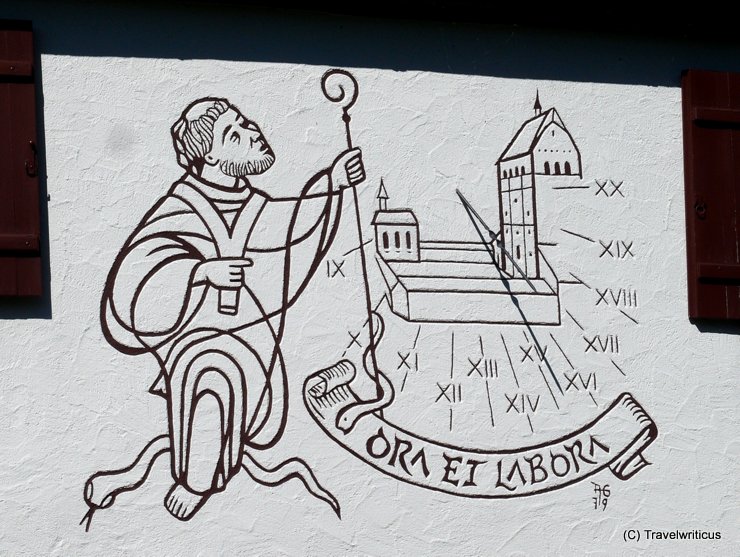
This sundial is located on a wall of Reichenau Abbey on Reichenau Island. It shows not only the motto ‘Pray and Work’ (ora et labora) but also Saint Pirmin, the founder of Reichenau Abbey. The two snakes refer to the fact that he is considered to be a patron against snake bites.
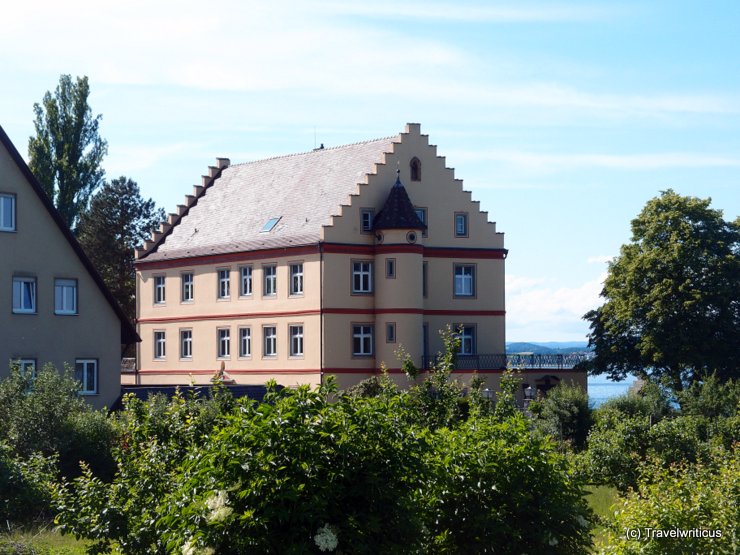
Windegg Mansion (Schloss Windegg) also known as the ‘Bürgle‘ was founded in 14th century as a guesthouse for a nearby abbey. There is a rumor that Pope Martin V stayed here for some time after his election in 1417 at the Council of Constance.
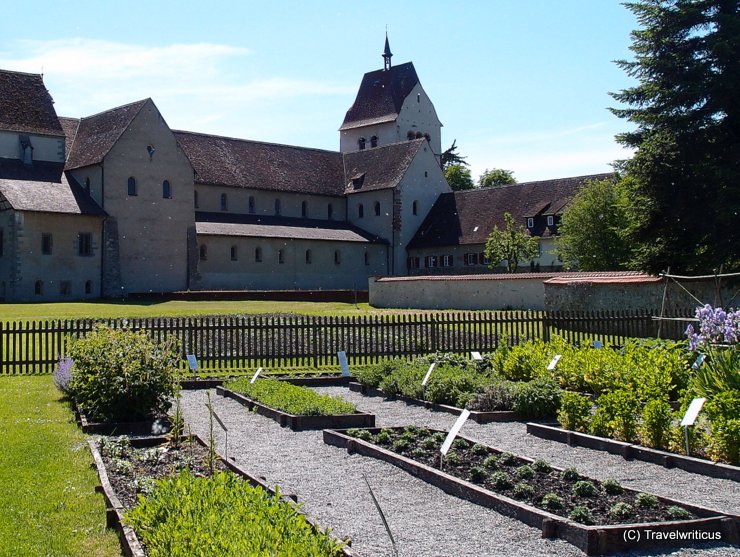
This garden seen next to the minster of Mittelzell is a reconstruction of the herb garden which was mentioned in the poem ‘De cultura hortorum‘ written by Walafrid Strabo in the years between 830 and 840.
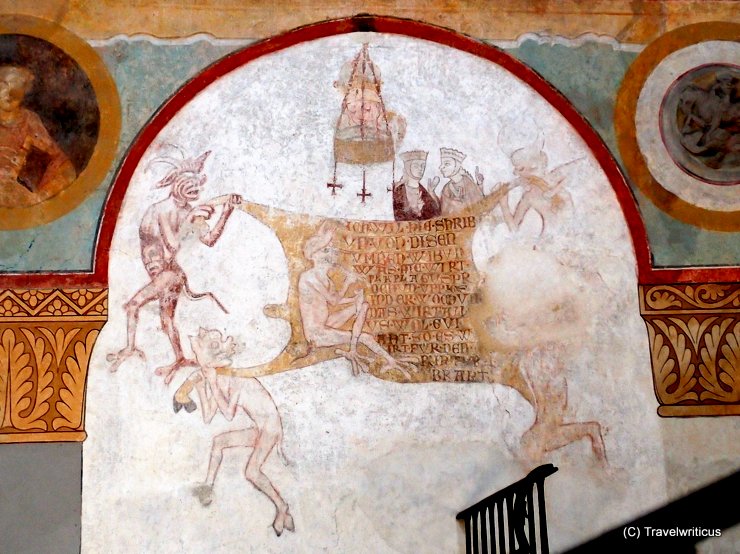
Inside St George’s Basilica on Reichenau Island there is a very special 14th century fresco. A devil is writing something on a cowhide hold by four devils. This is a reference to the German saying Das geht auf keine Kuhhaut (That doesn’t fit on a cowhide).
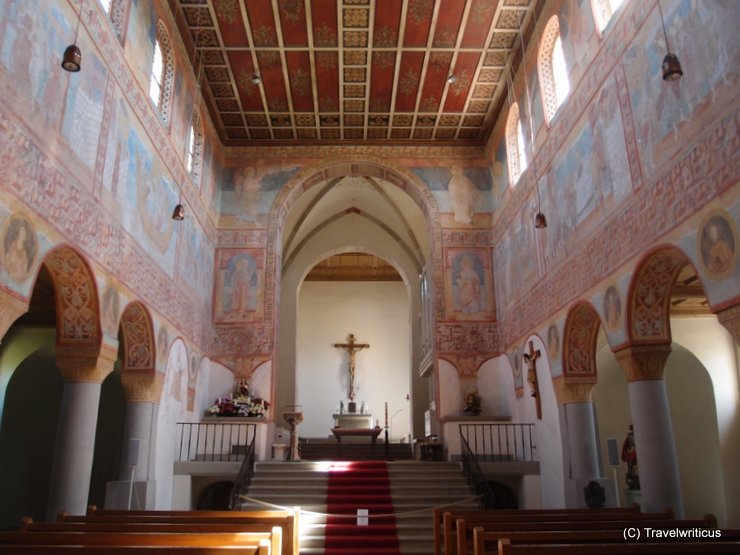
At St George’s Basilica I had the change to see some frescoes showing scenes of Jesus Christ’s life described in the bible. Though I had always thought they were of Ottonian period I was told they were created even earlier, so they are considered late Carolingian (9th century).